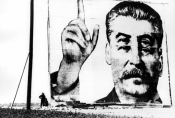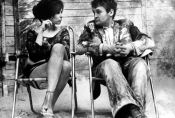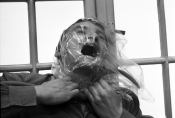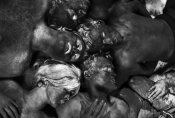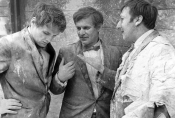HANDS UP [1967]
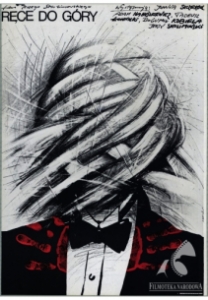
year:
- 1967
release date:
- 21 I 1985
runtime:
- 76 min
directed by:
- Jerzy Skolimowski
written by:
- Jerzy Skolimowski, Andrzej Kostenko
director of photography:
- Witold Sobociński, Andrzej Kostenko
cast:
- Jerzy Skolimowski [Andrzej Leszczyc – Zastawa], Joanna Szczerbic [Alfa], Tadeusz Łomnicki [Opel Rekord], Adam Hanuszkiewicz [Romeo], Bogumił Kobiela [Wartburg]
edited by:
- Zenon Piórecki, Krystyna Rutkowska
music by:
- Krzysztof Komeda
production design:
- Jarosław Świtoniak
produced by:
- Zespół Filmowy „Syrena”
executive producer:
- Tadeusz Karwański, Jerzy Nitecki
awards:
-
- Polish Feature Films Festival Gdansk 1981: the Journalists’ Award
- IFF Barcelona (Spain) 1981: Special Distinction
About the film
The film, introduced to the screen fourteen years after its completion, is the first attempt to address in such an original way, the problems of the Stalinist era by describing the mentality of the Socialist Youth generation.
Part I (completed in the spring of 1981 – colour ). Comprising of loosely interconnected scenes: memories, philosophical and aesthetic reflections of the narrator-protagonist on the nature of filmmaking, and the fate of the artist in the modern world. It includes the following scenes: Beirut – destruction of the city, conversation with Volker Schlöndorff on the film set, Warsaw now and during the 1944 Uprising, Okęcie airport – arrival of a film crew.
Part II (completed in the spring of 1967 – black-and-white). Reunion of the Academy of Medicine graduates on the tenth anniversary of their graduation. After midnight, the banquet turns into alcohol-fueled madness.
In between dances, letters and telegrams are read from those who did not make it to the reunion. One telegram is provocative and a group of colleagues decides to visit the author to beat him up. Members of the expedition are: Alfa and her husband, Romeo, Rekord, Wartburg and Zastawa. It turns out that no train is leaving that night. They decide to ride a freight train, whose floor is covered with a two-inch layer of plaster. Lit candles create a unique mood on the journey. Amused, the doctors put plaster on Wartburg, who is the most drunk, so that he becomes stuck in the position of an eagle. The alcohol provokes the heroes to confessions, reveals their conformism and awakens memories of their past in the Socialist Youth organisation. On the huge portrait hung on the building of the university, Stalin had two pairs of eyes. This mistake by the activists thwarted their chances of getting a diploma. Facing the Socialist Youth peer tribunal, only Zastawa had the courage to protest and he was expelled from the Academy. The night psychodrama continues. Wartburg wakes up covered in plaster. The atmosphere becomes more and more suffocating. Rekord decides to escape. He rips a board from the floor and jumps under the wheels of the train... After a moment the wagon door opens. It turns out that the train has been standing on the side track all night. Tired, the heroes get into their cars.z
Waldemar Piątek, Leksykon polskich filmów fabularnych, Warszawa 1996
